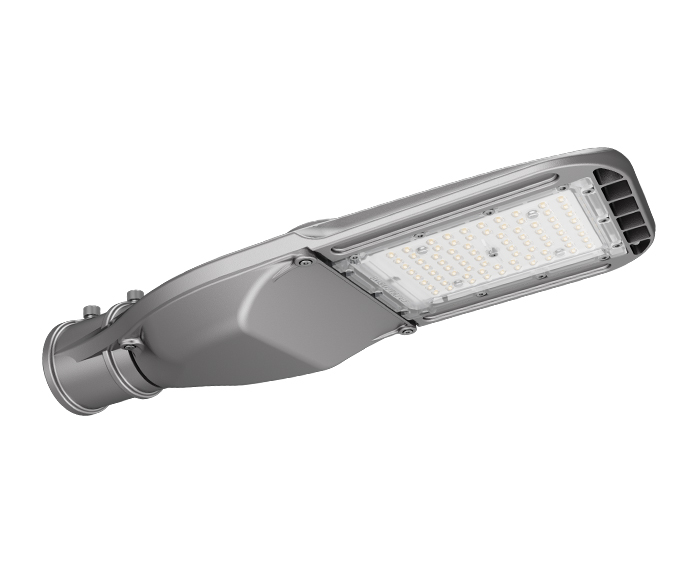Street lights have been an integral part of human history, evolving from simple torches to sophisticated, energy-efficient lighting systems. As urbanization spread and cities grew, street lights became a crucial aspect of urban infrastructure, providing safety, comfort, and aesthetic appeal to urban spaces. In this introduction, we will explore the historical perspective of street lighting, its role in urban planning, the advancements in energy-saving technologies, and its significant impact on public safety and crime prevention.

Historical perspective: Evolution and development of street lighting throughout history
The history of street lighting dates back to ancient civilizations. In ancient Rome, street lamps fueled by oil were used to illuminate major thoroughfares. Later, in medieval Europe, street lighting primarily relied on candles placed in lanterns. The 17th century saw the introduction of gas-powered street lamps in London and Paris, marking a significant advancement in street lighting technology.
The 19th century witnessed the widespread adoption of gas lamps in many major cities across the globe. However, gas lighting had its limitations, including high maintenance costs and safety hazards. The late 19th and early 20th centuries saw the rise of electric street lights, starting with arc lamps and eventually transitioning to incandescent bulbs.
In recent years, the focus has shifted towards energy-efficient lighting technologies, including compact fluorescent lamps (CFLs), light-emitting diodes (LEDs), and smart lighting systems. These advancements have revolutionized street lighting, providing improved luminosity, longevity, and reduced energy consumption.
Urban planning perspective: The role of street lights in city infrastructure and design
Street lights play a vital role in urban planning and city infrastructure. Proper street lighting enhances the aesthetics of urban spaces, providing a sense of security and welcoming ambiance to pedestrians and motorists alike. Illuminated streets contribute to a vibrant urban atmosphere, encouraging nighttime activities and social interactions.
From a functional standpoint, street lights ensure safe mobility for both pedestrians and vehicles, reducing the risk of accidents and injuries during nighttime hours. Well-planned street lighting also contributes to traffic management and aids emergency response teams in locating addresses efficiently.
Energy efficiency perspective: Advancements in energy-saving street light technologies
With growing concerns about energy consumption and environmental impact, energy efficiency has become a primary focus in street lighting. Traditional lighting systems, such as high-pressure sodium lamps, were energy-intensive and had limited lifespans, leading to frequent replacements and higher maintenance costs.
Advancements in LED technology have revolutionized street lighting by offering unparalleled energy efficiency and longevity. LED street lights consume significantly less energy while providing higher luminosity, resulting in reduced electricity bills and lower carbon emissions. Moreover, the longer lifespan of LEDs reduces maintenance costs, making them a cost-effective and sustainable solution for street lighting.
Smart lighting systems have also emerged as an energy-saving solution for street lights. These systems incorporate sensors and controls that adjust lighting levels based on real-time conditions, such as ambient light, traffic density, and pedestrian movement. By intelligently regulating illumination, smart lighting further optimizes energy consumption and enhances overall efficiency.
Public safety perspective: How street lights contribute to community safety and crime prevention
Street lights are a critical factor in ensuring public safety, particularly during the nighttime hours. Adequate illumination reduces the risk of accidents, slips, and falls for pedestrians, making streets safer to navigate. Well-lit public spaces deter criminal activities, as potential wrongdoers are less likely to act in areas with high visibility and the presence of witnesses.
The psychological impact of street lights cannot be overlooked. Proper illumination fosters a sense of security among residents, encouraging more people to utilize public spaces during the evening, promoting social cohesion, and reducing the fear of crime. Moreover, street lights create a sense of community ownership, fostering a shared responsibility for public safety and well-being.
In conclusion, street lights have come a long way from the flickering torches of ancient times to the energy-efficient and smart lighting systems of today. They have become an indispensable part of urban planning and infrastructure, enhancing the safety, functionality, and aesthetics of urban spaces. The historical evolution of street lighting reflects humankind’s constant pursuit of progress and innovation. As cities continue to grow and evolve, street lights will remain a vital component in creating livable and safe urban environments, ensuring that communities thrive day and night. The emphasis on energy efficiency and sustainability highlights our commitment to preserving the environment while meeting the essential needs of modern urban living. As technology continues to advance, we can anticipate even more groundbreaking developments in street lighting, enhancing our urban experiences and fostering a brighter, safer future for all.









